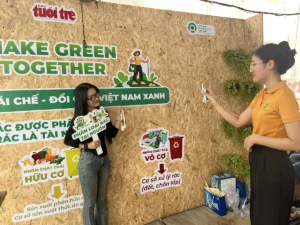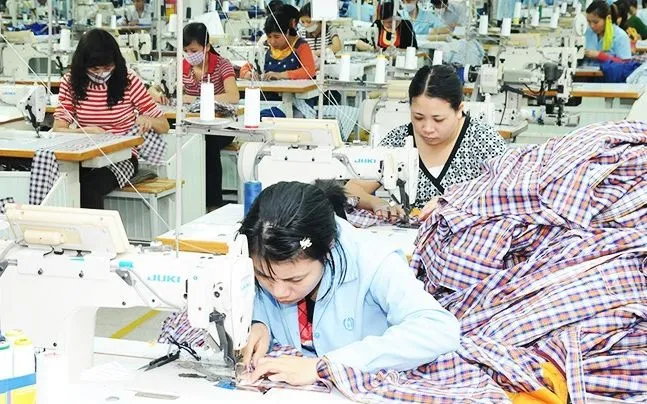According to information from the Vietnam Textile and Apparel Association, this year’s textile and garment export turnover reached the target of 44 billion USD as expected, an increase of more than 11% compared to last year.
According to the Association, many businesses in the industry have recorded an increase in orders this year and next year. Next year, the number of orders is forecast to be more abundant than this year. The entire textile and garment industry aims to achieve an export turnover of about 48 billion USD next year.
According to Mr. Vu Duc Giang of the Vietnam Textile and Apparel Association, many businesses in the industry recorded an increase in orders in 2024 and 2025. In the context of the world situation continuing to be complicated, freight rates fluctuating strongly, economic and trade recovering slowly, total global investment declining… but the Vietnamese textile and garment industry still maintained a fairly good growth rate.
Deputy General Director of Viet Tien Garment Joint Stock Corporation, Mr. Phan Van Kiet, said that at the end of the year, many employees at the company are working overtime to meet orders and serve foreign partners during the holidays. In addition, Viet Tien has orders until May 2025.
Meanwhile, for textile enterprises, although the market is still quite gloomy when the order price is still very low, but with many solutions to save and optimize production costs… many enterprises have had positive signals. Therefore, in 2025, the entire textile and garment industry aims to reach an export turnover of about 48 billion USD. Mr. Vu Duc Giang, Chairman of VITAS, said that this is a figure with careful calculation and research on order trends; in which, the garment industry is predicted to have a more abundant number of orders than in 2024.
However, according to Mr. Vu Duc Giang, although the forecast is optimistic, in 2025, the textile and garment industry will still face many challenges when there are few opportunities to access large orders, unit prices do not increase, consumer demand has not recovered… Textile and garment enterprises are also facing new challenges in 2025 such as: low order prices while input costs continue to increase, brands have major changes in purchasing methods as well as regulations related to payment, reduced output…
Furthermore, the pressure to reduce order prices along with new regulations with strict criteria and standards related to “greening” in production, self-sufficiency in raw materials… are the immediate problems that textile and garment enterprises will continue to face next year.
In addition, under fierce competitive pressure from the supply market, Vietnamese textile and garment enterprises also have to meet strict requirements on labor standards, traceability and low carbon emissions from major export markets such as the EU.
Mr. Nguyen Xuan Duong, Chairman of the Board of Directors of Hung Yen Garment Corporation, said that in 2024, textile and garment exports will reach 44 billion USD, but exports to the EU will be very modest. One of the main challenges the textile and garment industry faces is the issue of origin, with raw materials imported mostly from China and some other countries not in the FTA.
To better exploit this large market and effectively take advantage of the tariff incentives brought by EVFTA, Mr. Nguyen Xuan Duong proposed that the authorities should promptly resolve the above limitations of the industry. The problem of meeting the rules of origin needs to be linked to the development of local raw materials. To do this, it is necessary to plan large industrial zones to attract investors in production. Textile and garment enterprises themselves continue to make efforts to invest, technologize, and robotize the production process… At the same time, drastically implement energy-saving solutions, use renewable energy in production to achieve green certificates, one of the mandatory criteria for orders to major markets today.
















